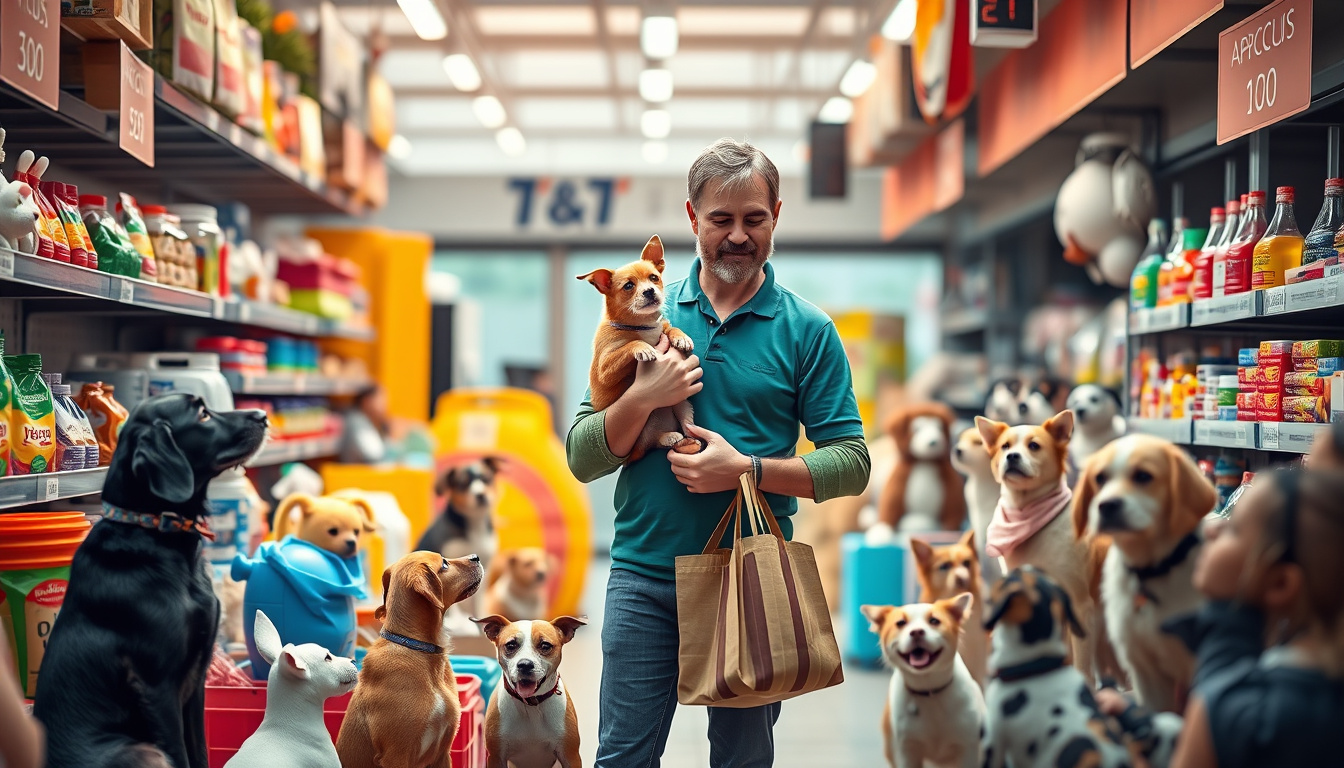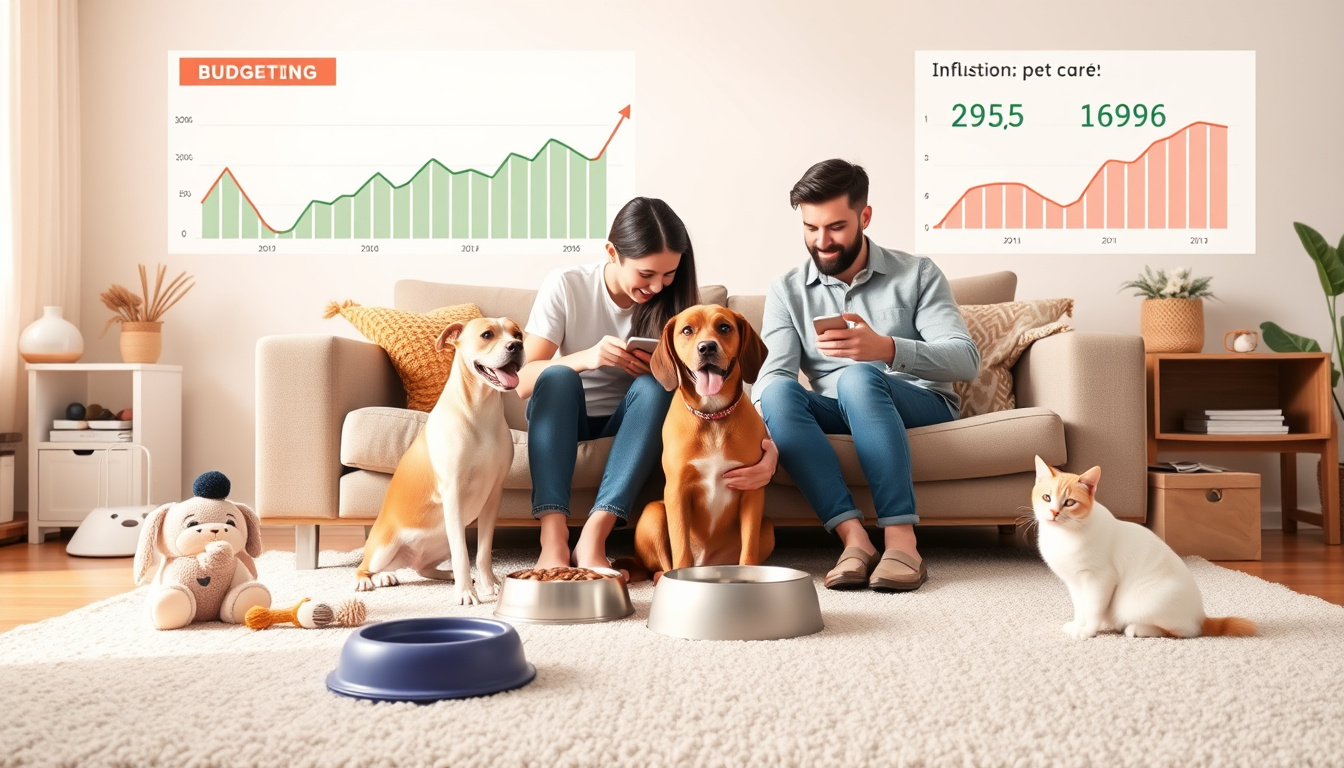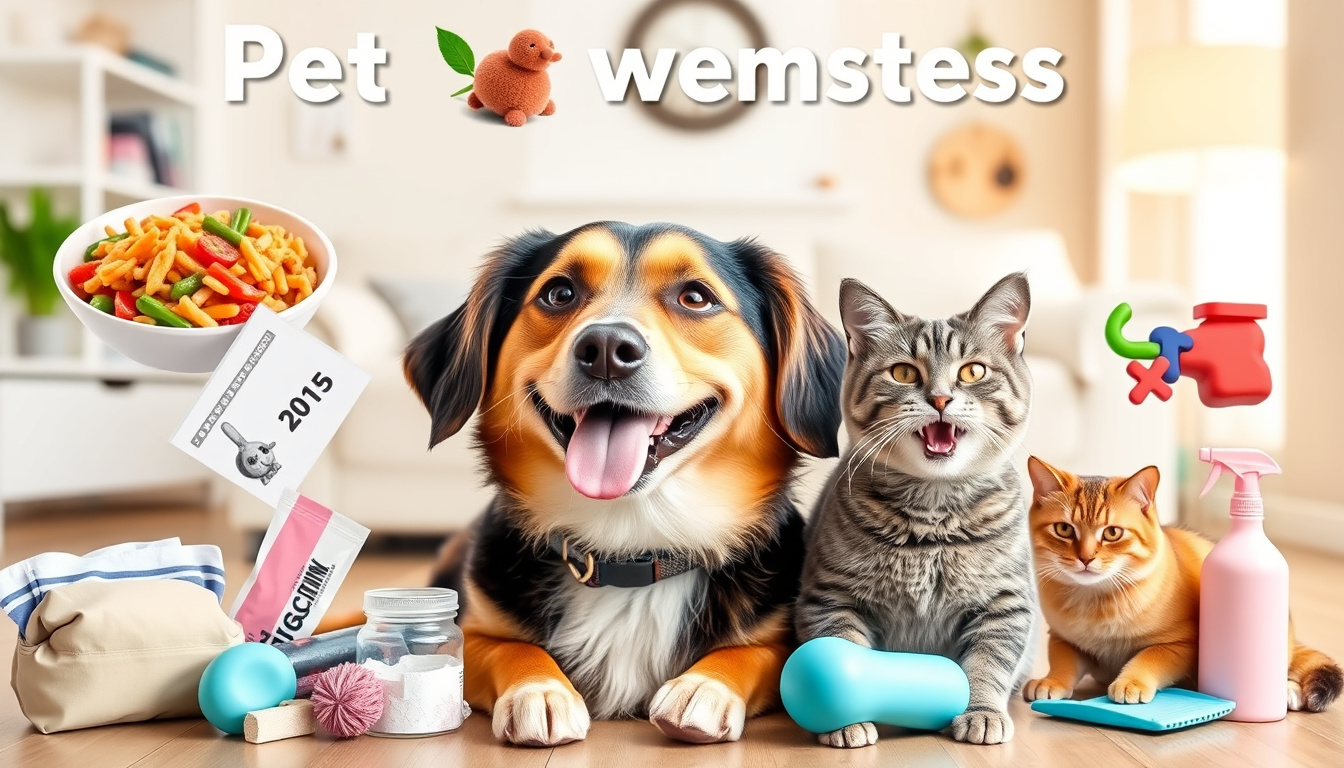
Proposed Tariffs Threaten to Increase Pet Care Costs Nationwide
By Amber Grigley
Posted [Date]
INDIANAPOLIS – Pet ownership grows across the United States. Tariffs proposed by the Trump administration worry many pet owners. They fear costs for pet care will rise. Households with pets now plan tighter budgets.
Ellie Cornett is a college student. She owns a King Charles Cavalier named Winston. She says, "You need special food for a puppy. It costs about $50 a bag. He uses one bag a month. That is a big cost when you are a student."
Steven Howes owns a Pembroke Welsh corgi. He notes, "He is AKC registered, so his costs are high. Even his vaccinations have nearly doubled." His words show that pet care comes with heavy costs.
A USA Today report, called Rover’s “True Cost of Pet Parenthood Report,” shows dog owners may face a 7% increase in their annual pet care costs. Cat owners might see a 10% rise. These numbers add to the worry many owners feel under these new tariff plans.
Professor Andreas Hauskrecht, who teaches business economics, explains more. He says, "Soft food comes in cans. Cans cost more now because tariffs hit steel and aluminum." He adds, "Many ingredients for dog food come from Mexico and Canada, which makes these supply chains complex."
Many pet owners still care deeply for their animals. Steven Howes adds, "True dog lovers will not stop caring. Owning a pet is like having a child; he is my third kid." His words show that love for a pet often outweighs cost.
Hauskrecht reminds Hoosiers to pay attention. "Indiana plays an important role in these complicated supply chains," he adds.
Rover predicts that by 2025, caring for a dog may cost between $1,400 and $5,200 per year. Cat care might cost from $750 to $3,500 annually.
As talks about tariffs continue, pet owners watch closely. They work to balance love for their pets with the strain on their budgets.
contact mindful ai media creations here: mindfulaimedia@gmail.com






